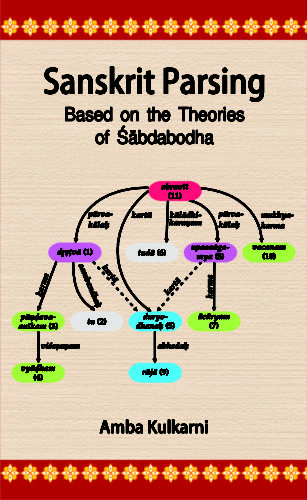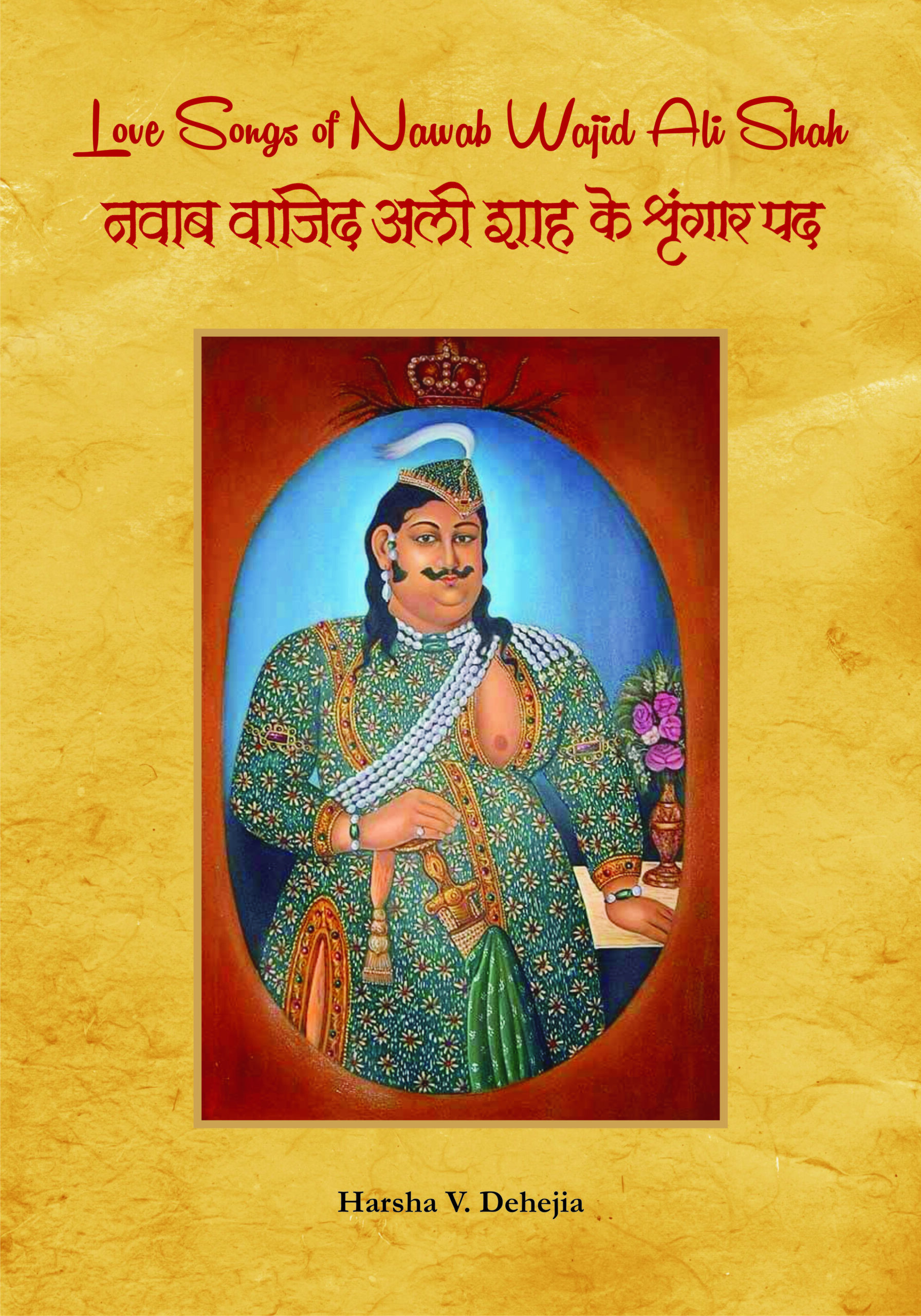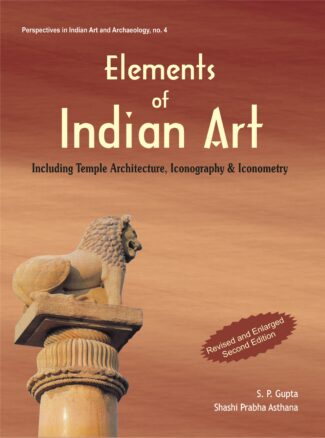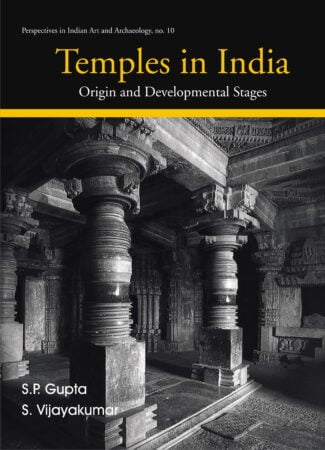-


Sanskrit Parsing...
Sanskrit Parsing
Based on the Theories of Shabdabodha by: Amba KulkarniThis book presents the key concepts from the Indian Grammatical Tradition (IGT) that are necessary for understanding the information flow in a language string and its dynamics. This is followed by a concrete application of building a parser for Sanskrit using the framework of Indian Grammatical Tradition.
₹810.00
ISBN: 9788124609880
Year Of Publication: 2019
Edition: 1st Edition
Pages : xxiii, 180
Bibliographic Details : Glossary; Bibliography; Index
Language : English
Binding : Hardcover
Publisher: Indian Institute of Advanced Study, Shimla
Size: 23
India has a rich grammatical tradition, still extant in the form of Panini’s grammar as well as the theories of verbal cognition. These two together provide a formal theory of language communication. The formal nature of the theory makes it directly relevant to the new technology called Natural Language Processing.
This book, first presents the key concepts from the Indian Grammatical Tradition (IGT) that are necessary for understanding the information flow in a language string and its dynamics. A fresh look at these concepts from the perspective of Natural Language Processing is provided. This is then followed by a concrete application of building a parser for Sanskrit using the framework of Indian Grammatical Tradition.
This book not only documents the salient pieces of work carried out over the last quarter century under Computational Paninian Grammar, but provides the first comprehensive exposition of the ideas involved. It fills a gap for students of Computational Linguistics/Natural Language Processing who are working on Indian languages using Paninian Grammatical Framework for developing their computational models and do not have direct access to the texts in Sanskrit.
Similarly for the Sanskrit scholars and the students it provides an example of concrete application of the Indian theories to solve a contemporary problem.
Foreword
Preface
Acknowledgements
- Introduction
1.1 Sanskrit Computational Tools: Current Status
1.1.1 Word Generators
1.1.2 Word Analysers
1.1.3 Lexical Resources
1.1.4 Tools Based on Data-driven Approaches
1.2 Sanskrit Parser
1.2.1 Constituency Structure
1.2.2 Dependency Structure
1.2.3 Parsing and Theories of Verbal Cognition
- Understanding Texts : Indian Theories
2.1 Word Meaning
2.1.1 Abhidha (Primary Denotation)
2.1.2 Lakshana (Implication)
2.1.3 Vyanjana (Suggestion)
2.2 Necessary Conditions for Verbal Cognition
2.2.1 Akanksha (Expectancy)
2.2.2 Sannidhi (Proximity)
2.2.3 Yogyata (Congruity)
2.2.4 Tatparya (Purport)
2.3 Vakyartha (Sentential Meaning)
2.4 Structure of Verbal Cognition
2.5 Understanding Texts: Commentary Tradition
2.5.1 Canonical Word Order
2.6 Conclusion
- Shabdabodha Theories and Indian Parsing
3.1 Akanksha: Establishing Relations
3.1.1 Where Is the Information?
3.1.2 What Kind of Information?
3.1.3 Repository of Relations
3.1.4 How Is the Information Encoded?
3.2 Sannidhi: Planarity Constraint
3.2.1 Projectivity Principle
3.2.2 Weak Non-projectivity (Planarity)
3.2.3 Empirical Evaluation
3.2.4 Conclusion
3.3 Yogyata: Semantic Restrictions
3.3.1 Selection Restriction
3.3.2 Shabda-shakti (Level of Signi?cation)
3.3.3 Yogyata as a Filter
3.3.4 Modelling Yogyata
3.3.5 Evaluation
3.4 Conclusion
- Sanskrit Parsing
4.1 Introduction
4.1.1 Dependency Parse Structure
4.2 Design of a Parser
4.2.1 Establishing Directed Edges
4.2.2 Defining the Constraints
4.3 Solving the Constraints
4.3.1 Constraint Satisfaction Problem
4.3.2 Vertex-centric Traversal
4.3.3 Edge-centric Binary Join
4.4 Compact Display of Multiple Solutions
4.5 Conclusion
- Conclusion
Appendices
- Evaluation of Parsers : Various Parameters
Measure of Correctness of Parse
A.1 Precision and Recall
- Classification of Lakshana
- List of Relations in Paninian Grammar
- List of Relations Used in the Sanskrit Parser
Glossary
Bibliography
Index







Dr Arjuna S R –
This book is an exceptional research work by Prof Amba Kulkarni. This is an outcome of her research during her stay at the prestigious Indian Institute of Advanced Studies (IIAS), Shimla as a Research Fellow. It is highly useful for scholars working on Language Technology/NLP/Machine Translation and other similar research areas. The amalgamation of the theories of Ancient Indian Knowledge System and Computational Linguistics is wonderfully illustrated in this book.
This work has all the elements to be included in the curriculum of colleges/universities connected with Sanskrit Studies/Liberal Arts/Language Science and even in the Engineering colleges as well. I have suggested this book for our library at Philosophy Dept, MAHE, Manipal.